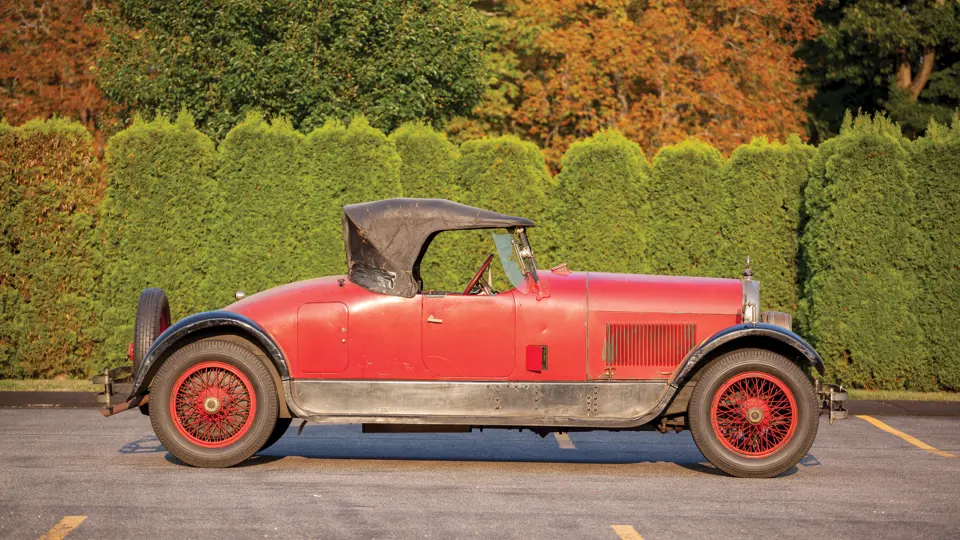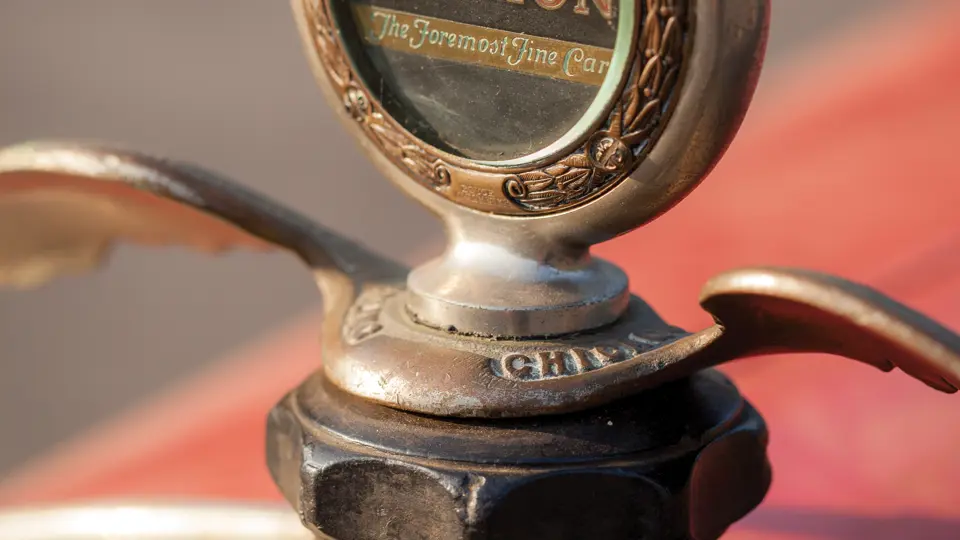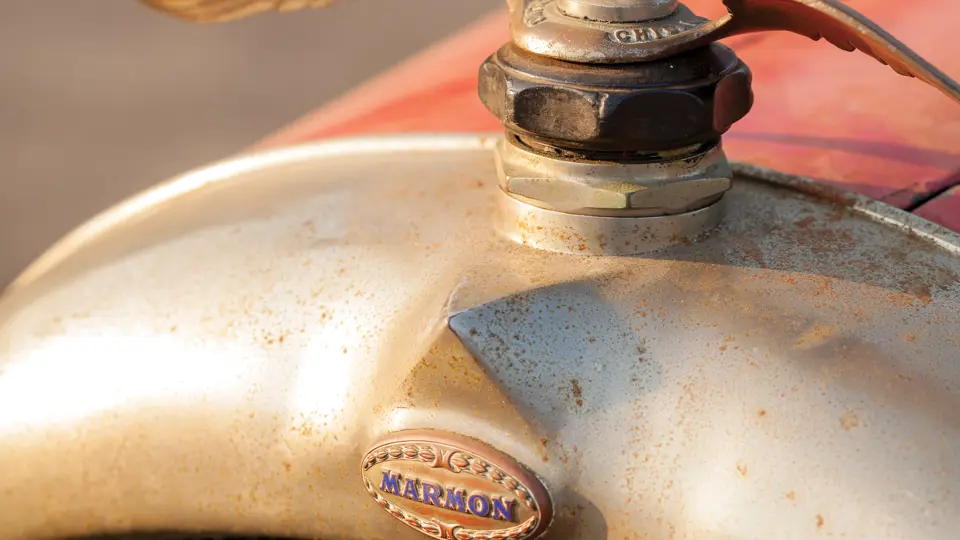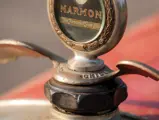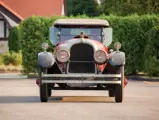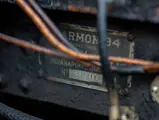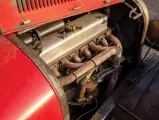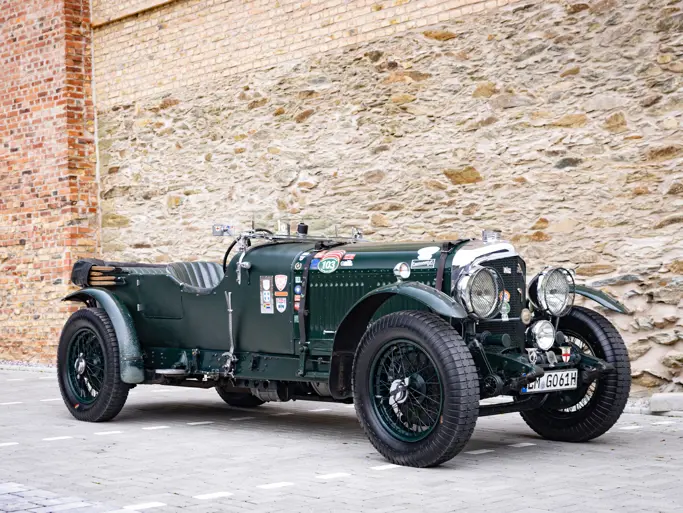84 hp, 339.7 cu. in. valve-in-head inline six-cylinder engine, three-speed manual transmission with reverse sliding gear, semi-elliptic front suspension with reversed rear shackles, and mechanical rear brakes. Wheelbase: 132 in.
Marmons were produced in Indianapolis, Indiana, from 1903 to 1933. The Model 34 was first introduced in 1916, and it featured an inline, overhead-valve six, whose cylinder block and most components were made of aluminum, as was the body and radiator shell. At 3,450 pounds, the car weighed some 20 to 30 percent less than comparable large cars, earning it the title of the fastest American production car in the early 1920s.
The advanced design of the Model 34 series featured “unification construction,” making the body and chassis nearly one and essentially creating an early version of unibody construction. Even weight distribution was an ideal 50/50 front-to-rear, and the foot pedals were placed to allow quick movement from throttle to brake to clutch. Instruments were placed in a single cluster with indirect night lighting, one of many features we take for granted today.
With 84 horsepower on tap, the Marmon Speedster was chosen to pace the 1920 Indianapolis 500. During this race, a production car was required to average better than 60 mph to bring the pack up to speed on the pace lap, which was no problem for Marmon. Legendary driver Barney Oldfield was able to lead the starting grid around the course at a sensational 80 mph before pulling off at the end of the pace lap. Oldfield was so impressed that he purchased the car after the race, resulting in perhaps the best endorsement Marmon could ever receive.
This rare Marmon is a preservationist’s dream. Until recently, it remained in the same family since the early 1970s. It was annually driven from southern New Jersey to the Hershey Fall Meet, and according to the consigner, it runs and drives beautifully. It was likely repainted once in its life, from grey to the red it now wears, which is evidenced by the brush marks in the rustic preparation done so many years earlier. The interior is tattered, and the top, although torn and not original, is remarkably intact. The odometer shows just 40,000 miles from new.
The transmission is equipped with a locking mechanism atop the shifter ball, which operates when reverse is selected, and it is essentially an early anti-theft device, if you will. In addition, the Marmon is equipped with an air compressor that is attached to the generator, and in the event of a flat, a spare tire tube could be inflated. Both are typical of the advanced thinking of Howard Marmon. The unusual but stylish turtleback body is accessed through two golf-bag doors. Rather than being equipped with the standard wood artillery wheels, it is equipped with optional wire wheels, which cost a staggering $135 when new. It has recently been serviced, and according to the consigner, “It is ready to go!”
With today’s emphasis on preservation, this is an ideal candidate for competition in the unrestored and survivor classes at most shows and concours. It will no doubt be a crowd-pleaser wherever it appears.

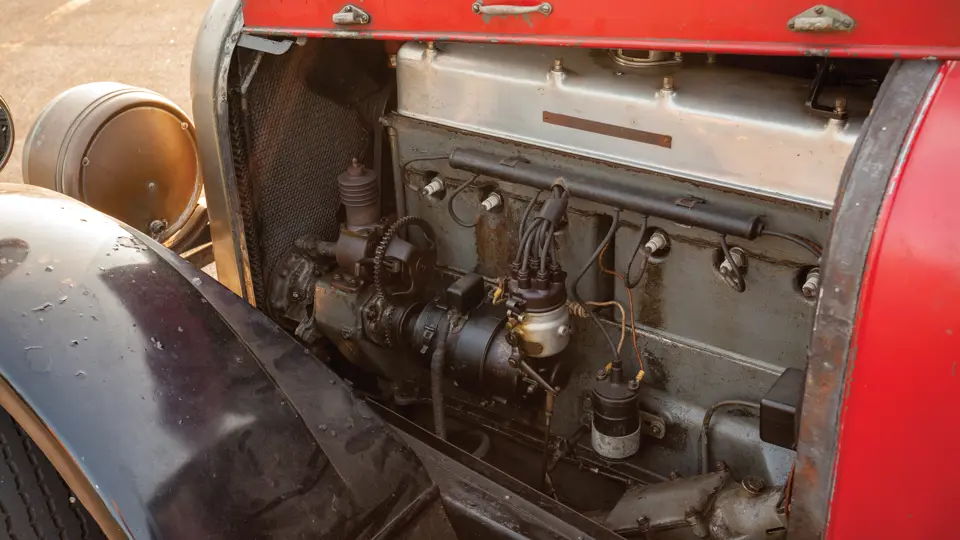


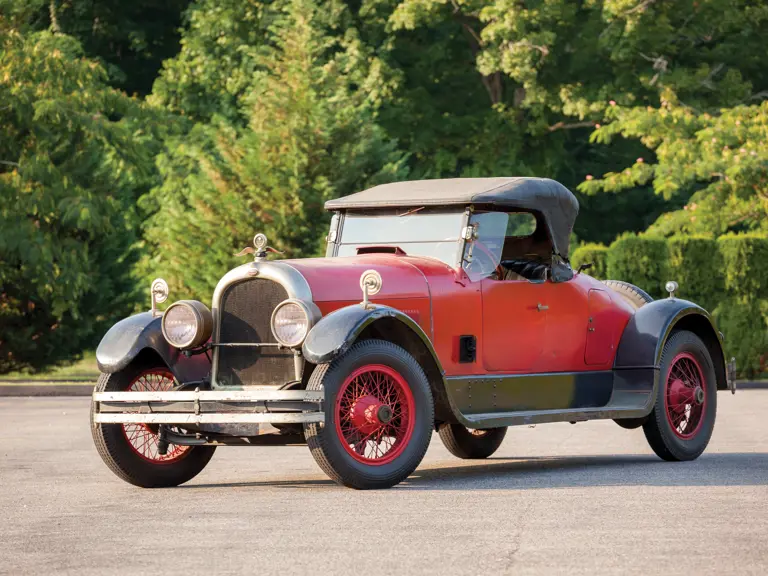
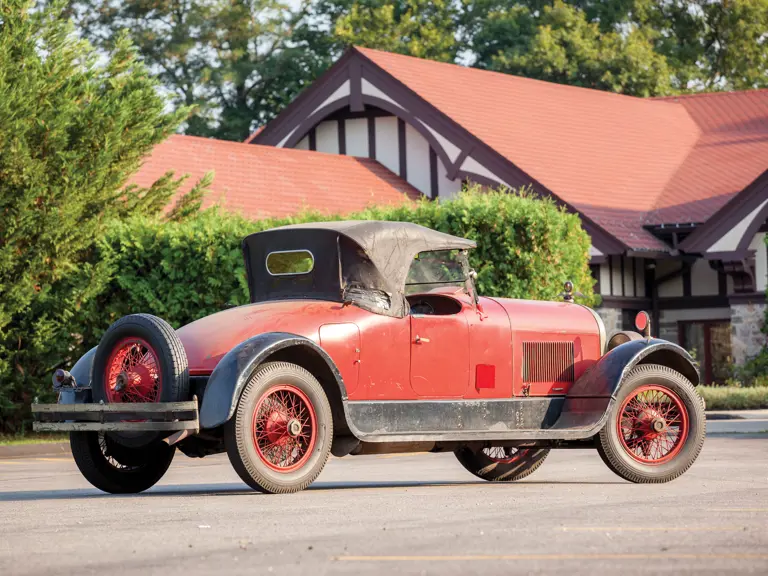
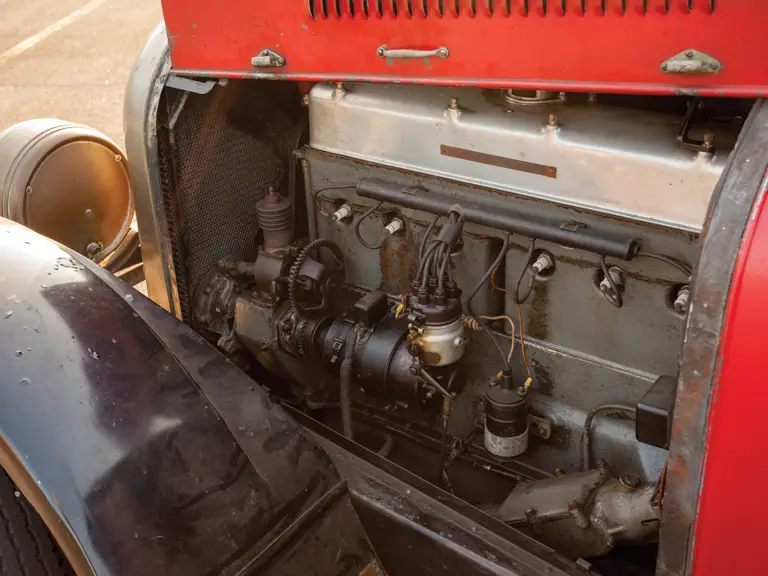
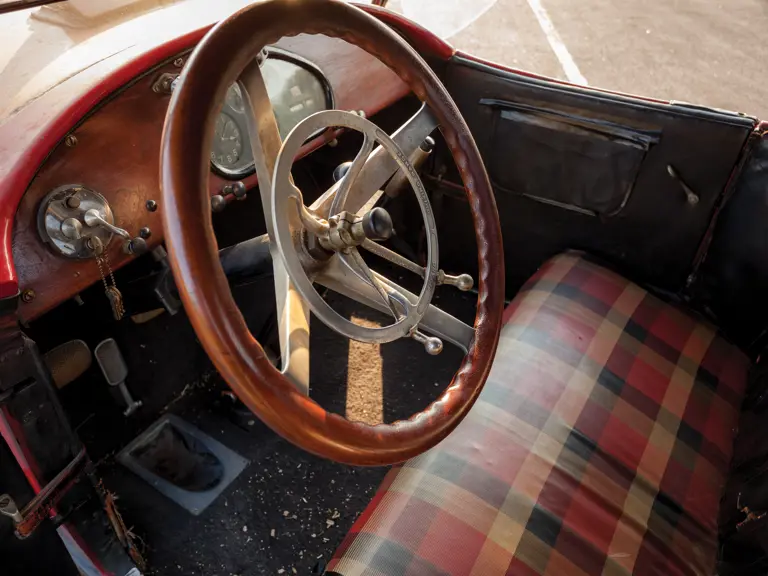
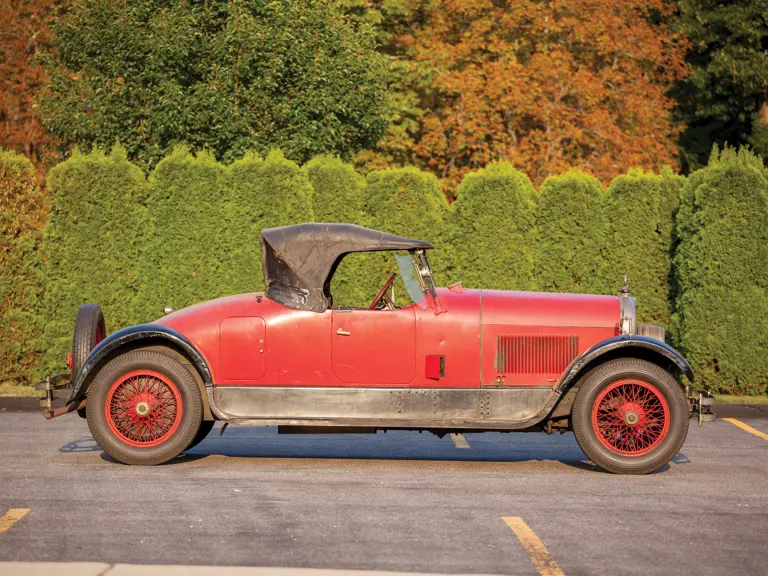
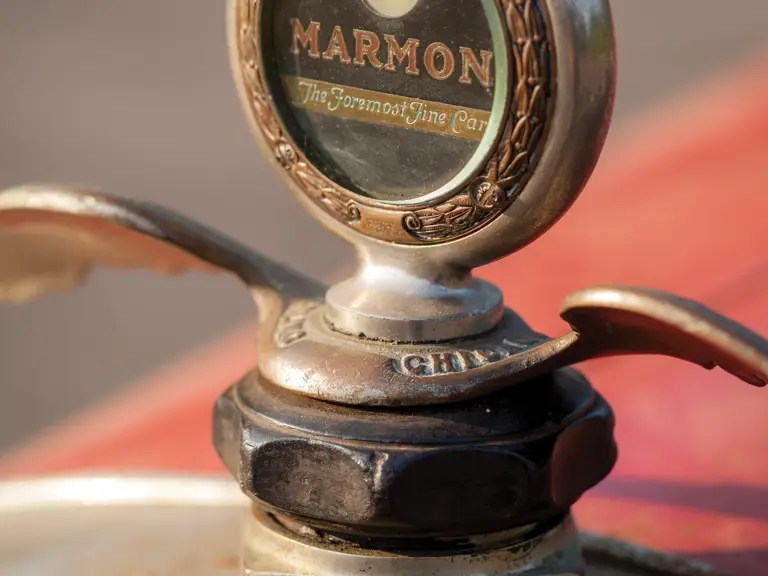
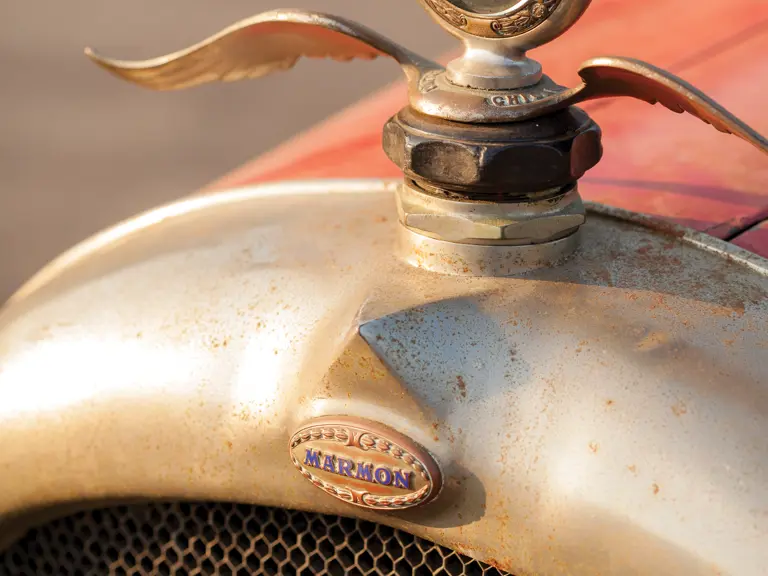
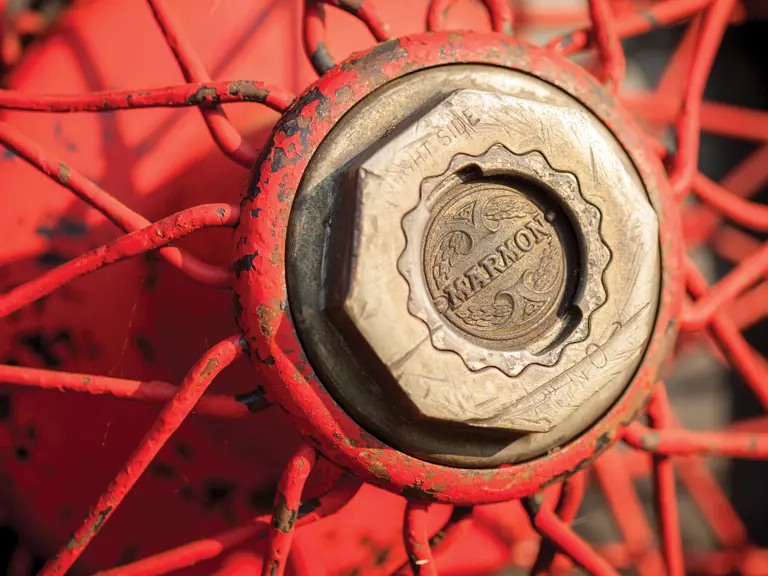
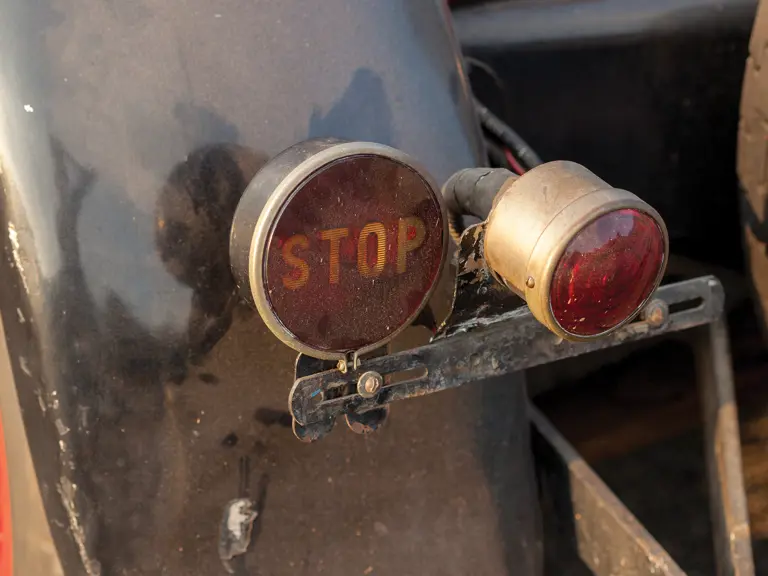
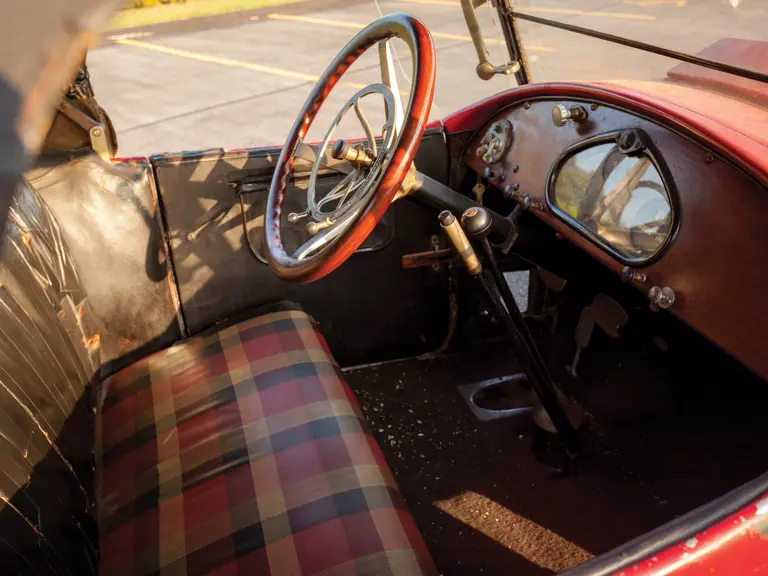
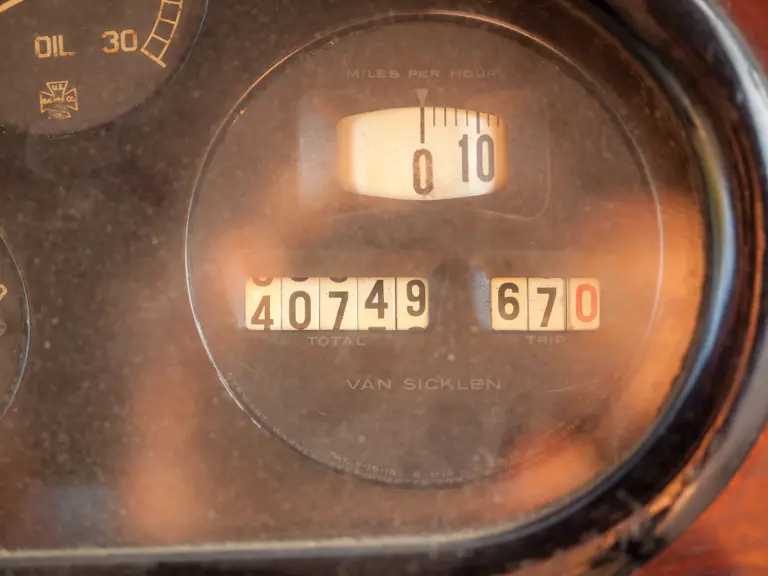
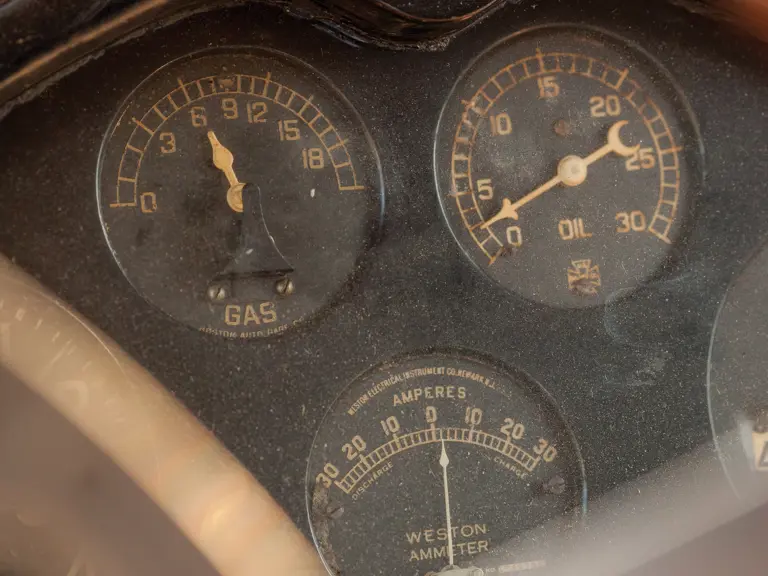


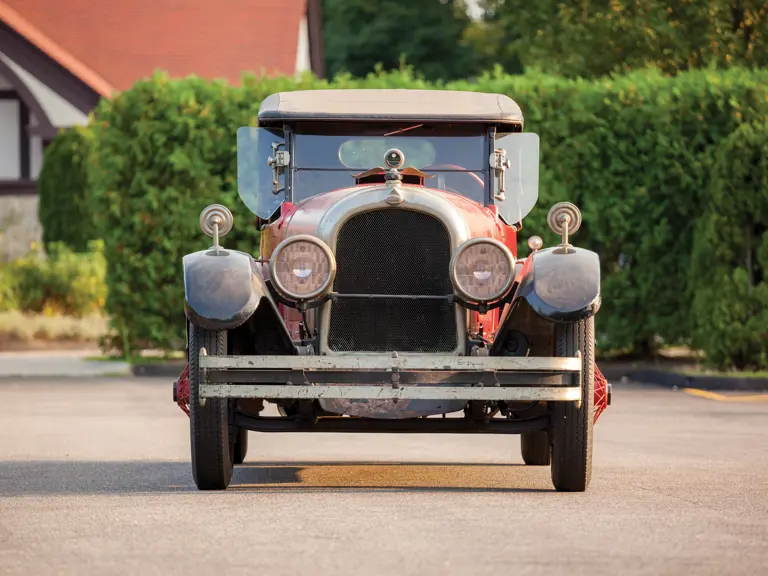
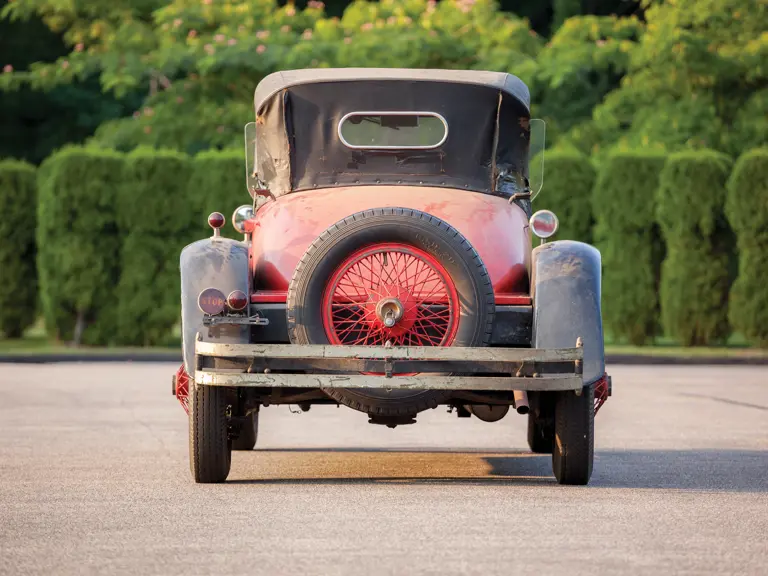
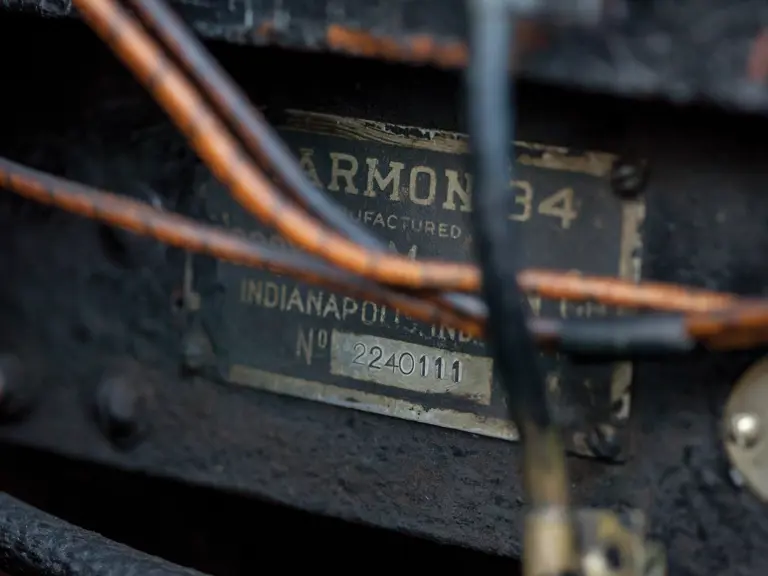

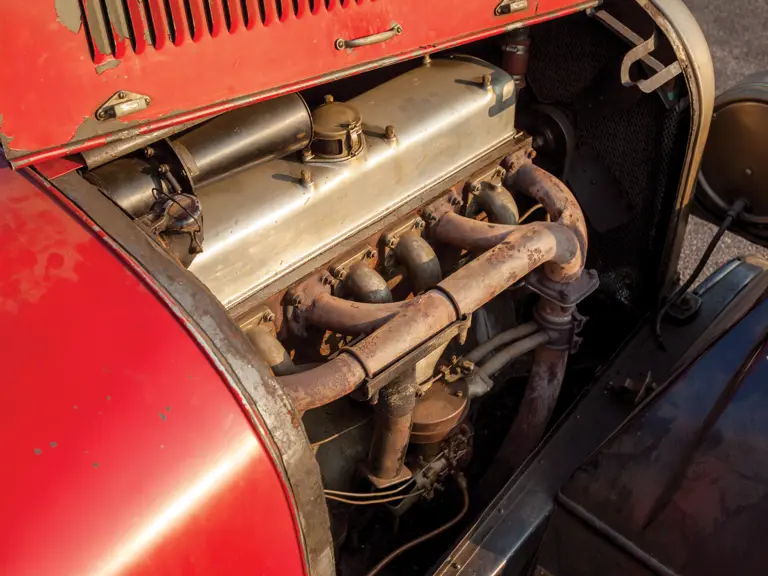
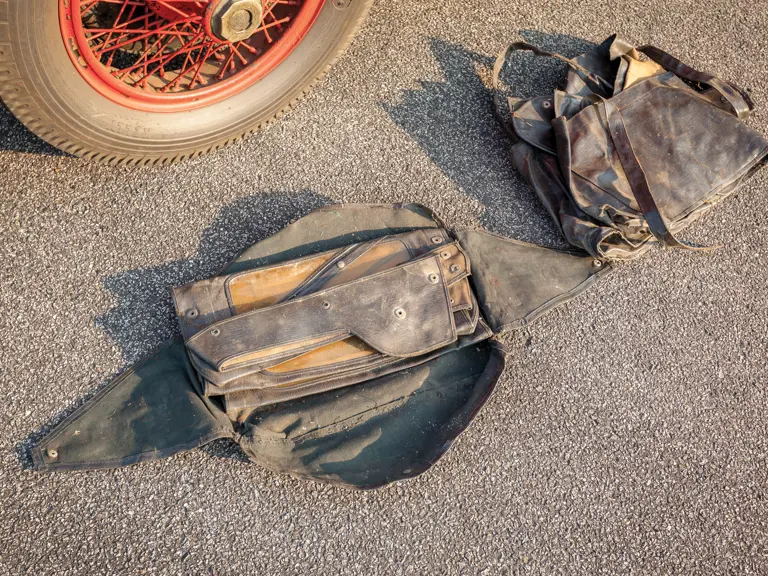
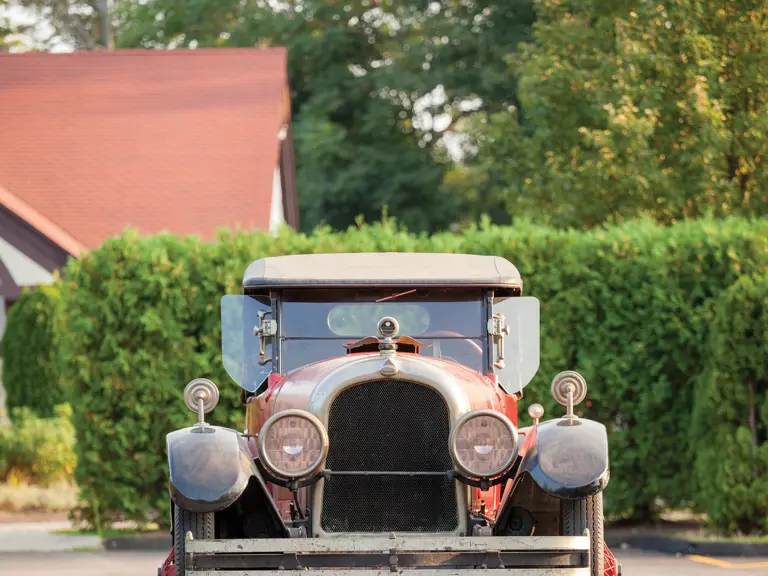

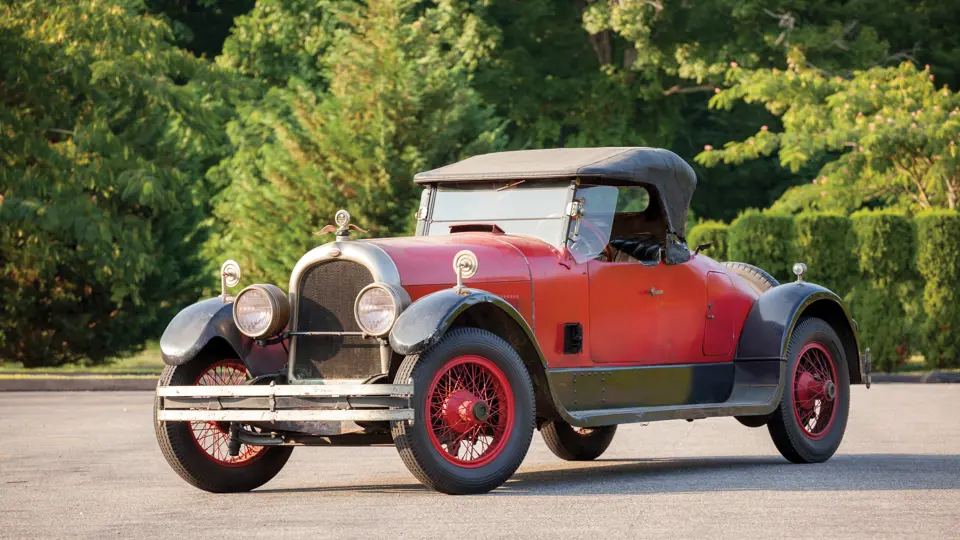
 | Hershey, Pennsylvania
| Hershey, Pennsylvania
